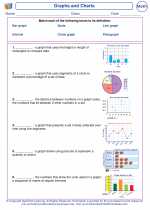Graphs and Charts -> weather forecasts
Weather Forecasts
Weather forecasts are predictions of future weather conditions. These forecasts are made by meteorologists, who study the atmosphere and use various tools and techniques to make educated guesses about what the weather will be like in the coming hours, days, and even weeks. Weather forecasts are important because they help people plan their daily activities, such as deciding what to wear, whether to bring an umbrella, or whether it's safe to travel.
How Weather Forecasts Are Made
Meteorologists use a combination of data and technology to make weather forecasts. They collect information from weather stations, satellites, radar systems, and weather balloons. They also use computer models to analyze this data and make predictions about temperature, precipitation, wind speed, and other weather elements.
Types of Weather Forecasts
There are several types of weather forecasts, including short-term forecasts, which predict weather conditions for the next few hours or days, and long-term forecasts, which predict weather trends over weeks or months. There are also specialized forecasts for events such as hurricanes, tornadoes, and winter storms.
Interpreting Weather Forecasts
Weather forecasts are typically presented using symbols, charts, and graphs that show predicted temperatures, precipitation levels, and wind patterns. Meteorologists also use descriptive terms, such as "partly cloudy" or "showers likely," to convey the expected weather conditions. It's important for people to understand how to interpret these forecasts so they can make informed decisions about how to prepare for the weather.
Overall, weather forecasts are valuable tools that help us anticipate and plan for the ever-changing conditions of the atmosphere. By staying informed about the weather, we can better protect ourselves and our belongings from the elements.
.◂Math Worksheets and Study Guides Third Grade. Graphs and Charts

 Activity Lesson
Activity Lesson
 Activity Lesson
Activity Lesson
 Activity Lesson
Activity Lesson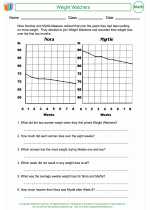
 Worksheet/Answer key
Worksheet/Answer key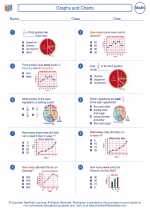
 Worksheet/Answer key
Worksheet/Answer key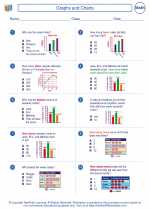
 Worksheet/Answer key
Worksheet/Answer key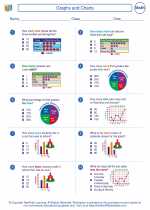
 Worksheet/Answer key
Worksheet/Answer key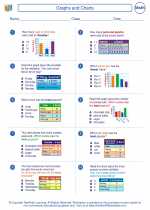
 Worksheet/Answer key
Worksheet/Answer key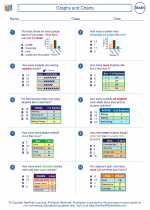
 Worksheet/Answer key
Worksheet/Answer key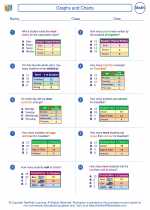
 Worksheet/Answer key
Worksheet/Answer key
 Worksheet/Answer key
Worksheet/Answer key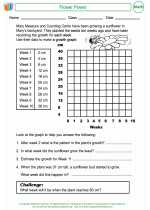
 Worksheet/Answer key
Worksheet/Answer key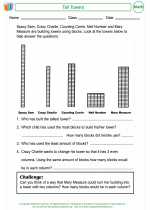
 Worksheet/Answer key
Worksheet/Answer key
 Vocabulary/Answer key
Vocabulary/Answer key